The façade
A masterpiece of Italy’s Gothic art. The works of the façade started around 1310 and ended in 1532.
- The façade plans are stored at the Opera del Duomo archives. The oldest one dates back to the late thirteenth century. It is attributed to Ramo di Paganello and is the first architectural drawing of the cathedral's façade.
- The Duomo’s first glassmaker was Consilio da Monteleone. He started working for the Fabbrica in 1321 and was later employed as a magister vitri (master glassmaker). Consilio crafted mosaic tesserae and decorations for the façade’s architectural elements. His name remained linked to the Opera del Duomo for over forty years.

It’s the masterpiece of Italy’s Gothic art. The construction started around 1310 by the Sienese Lorenzo Maitani and ended in 1532. In the upper section, above the central portal, you can admire the elegant rose window created by Orcagna in the mid-14th century.
The façade plans are stored at the Opera del Duomo archives. The oldest one dates back to the late 13th century and is known as the monocuspid project. It is attributed to Ramo di Paganello and represents the first design of the cathedral’s façade. The second one, dating back to the first quarter of the 14th century, is attributed to Lorenzo Maitani. It features the "tricuspid" project, which was the plan ultimately chosen for the cathedral’s construction.
The bas-reliefs
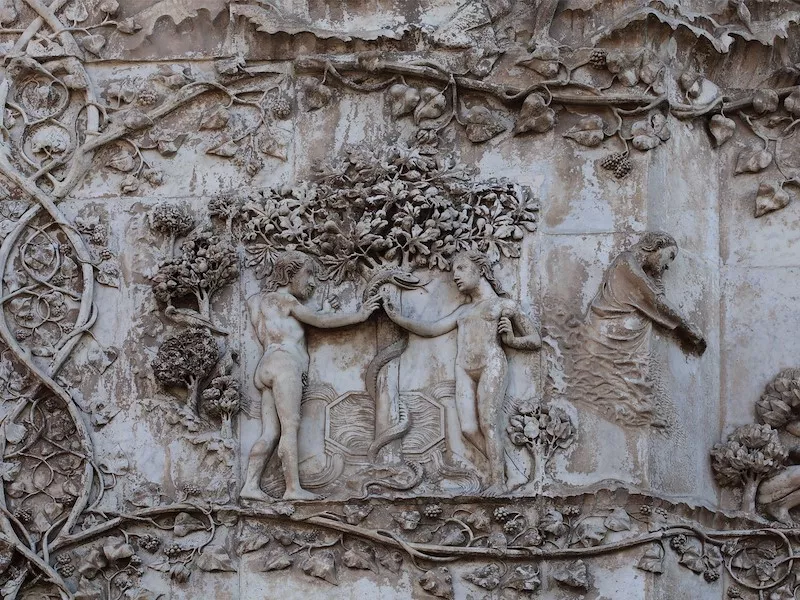
A masterpiece within a masterpiece, the four pillars on both sides of the portals are adorned with marble carvings depicting biblical stories: the first represents the Creation from the Old Testament, the second the New Testament, the third the life of Christ, and the fourth the Last Judgment.
The rose window
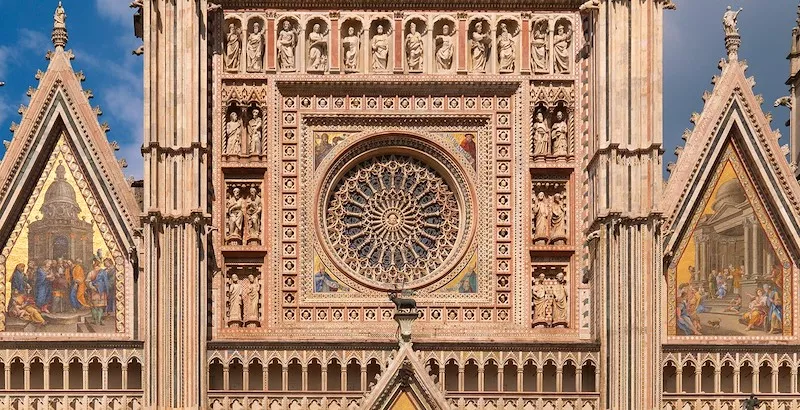
In 1358, Andrea di Cione, known as Orcagna, was appointed to oversee the cathedral's construction. He worked, among other things, on the magnificent rose window featuring the head of Christ at its centre, surrounded by intricate marble decoration. Along the sides of the large square, 52 heads of saints are displayed, one for each week of the year. On both sides, arranged in pairs across three stacked levels, are the Prophets. Above the rose window, you can admire statues of the twelve Apostles, created by various artists at the end of the 16th century.
The façade’s sculptures
Sculptures, bas-reliefs, and other elements included in the project attributed to Lorenzo Maitani cover the entire façade. The bronzes were originally gilded, as evidenced by the Maestà, which is now displayed at the Museo dell'Opera del Duomo and a copy of which is on the façade. The spires, rich in reliefs, were completed by Ippolito Scalza at the end of the 16th century.
The mosaics
The mosaics with a golden background elevate the mind toward eternal bliss while showing the story of the city's wealth and institutions.
The decorative themes depict the most significant events in Mary’s life: the Annunciation to Anne, the Nativity of Mary, the Presentation in the Temple, and the Marriage of the Virgin. An exception was made for the Baptism of Christ, which was placed above the side door that led to the baptismal font.
Fun facts:
- On 9 April 1584, the Soprastanti della Fabbrica (the body responsible for overseeing the construction of the Cathedral) decided to proceed with the installation of the mosaic on the tympanum, the central triangular wall at the top. The Resurrection of Christ was the chosen theme. Since the mosaic was in poor condition, it was replaced with the Coronation of the Virgin in the early 18th century.
- The records in the Opera del Duomo’s Archive reveal that the master mosaic artists were treated differently and paid more than the other workers. They could also negotiate their employment terms and wages, often securing highly favourable contracts.
The doors
In 1962, the Opera del Duomo commissioned three bronze doors for the façade to the sculptor Emilio Greco. Completed in 1964, these doors were installed on 11 August 1970 after lengthy debates regarding the preservation of the monument's historical integrity.
Fun facts:
- Only the central door is sculpted. It depicts the Works of Mercy: feeding the hungry, giving drink to the thirsty, clothing the naked, sheltering pilgrims, visiting the imprisoned and the sick, and burying the dead.
Image gallery
-
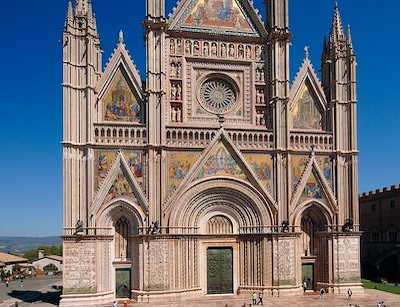
-
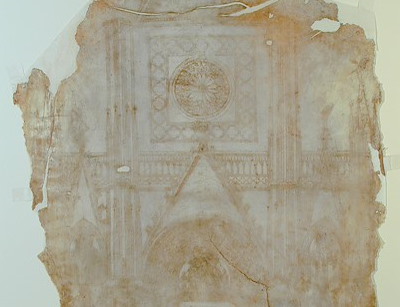 Pergamena monocuspidale
Pergamena monocuspidale -
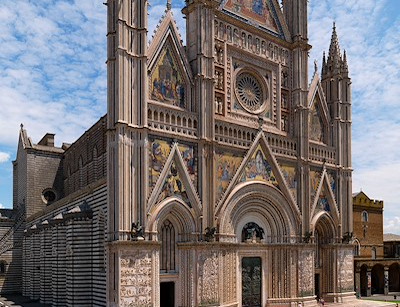
-
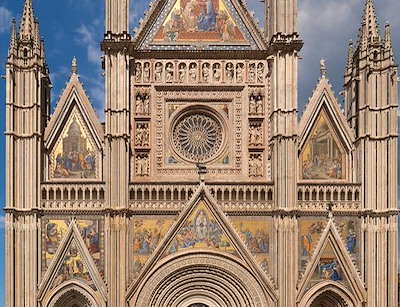
-
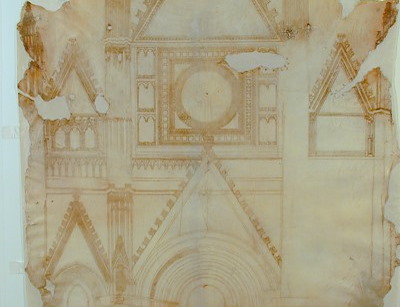 Pergamena tricuspidale
Pergamena tricuspidale -
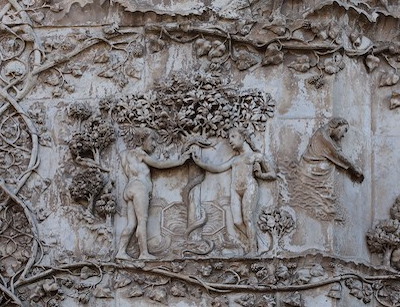
-
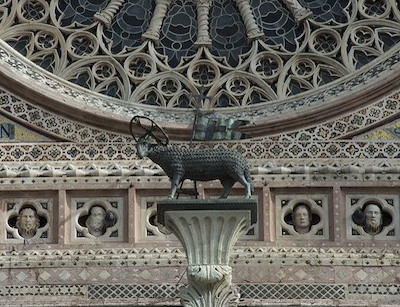
Address
Opening times
- November – February 09:30 – 17:00
- March – October 09:30 – 18:00
- April – September 09:30 – 19:00
Sundays and holy days of obligation
- November – February 13:00 – 16:30
- March – October 13:00 – 17:30

 ITA
ITA
